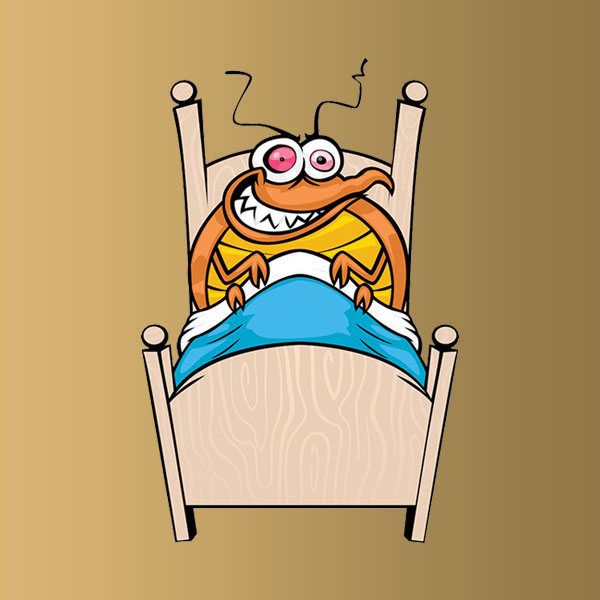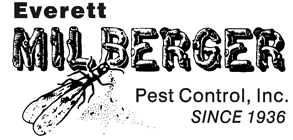Bedbugs primarily feed on the blood of humans, although some species have a taste for other mammals and birds. We call it a bite but actually the bedbug inserts a sharp proboscis, or beak, into the victim’s skin and sucks the blood. It takes about 10 minutes for a bedbug to consume enough blood to be full for days.
The insects are most active at night since that is when their prey is most available; however, they are not exclusively nocturnal. They are attracted to warmth, moisture and the carbon dioxide released from warm-blooded animals, according to Purdue University SO sleeping human’s exposed areas (face, neck, arms and hands…) are perfect for bedbugs.
Since a bedbug bite looks similar to a mosquito or flea bite and not all people have a physical reaction to these tiny bites, you could think you have an infestation or be completely unaware of an infestation. The bites themselves don’t usually pose any major health risk since bedbugs are not known to spread diseases, but an allergic reaction to the bites may require medical attention, CDC officials say. There have also been some strange cases linked to bedbug infestations. Researchers reported in the Canadian Medical Association Journal in 2009 that they treated a 60-year-old man for anemia caused by blood loss from bedbug bites. Another study published in 1991 in the Journal of the Egyptian Society of Parasitology found that people with asthma might be more susceptible to allergic reactions from bedbug bites. Excessively scratching the itchy, bitten areas also may increase the chance of a secondary skin infection.
So How Do You Know If You Have An Infestation of Bedbugs?
 If bites are not the best way to confirm an infestation, how can you tell if you have bedbugs? Look for them! Seeing live, moving bugs is the truest form of proof. Collect some of them in a closed container and get a professional, like Milberger Pest Control, to identify them.
If bites are not the best way to confirm an infestation, how can you tell if you have bedbugs? Look for them! Seeing live, moving bugs is the truest form of proof. Collect some of them in a closed container and get a professional, like Milberger Pest Control, to identify them.
Where to look:
- In the folds of your mattresses
- Box springs
- In furniture creases
- Behind picture frames
- Under dressers or nightstands
- Behind headboard
Look for apple seed size bugs or their papery skins, which they cast off after molting. These look like popcorn kernels but are smaller and thinner.
They also leave small, dark-colored spots on mattresses and furniture. If you can touch the spot with a water-soaked towel and it runs a rusty, reddish color, you’re probably looking at a fresh drop of bedbug feces.
Bedbugs don’t care if your are dirty or clean, they only care about access to fresh human blood. They can hitch a ride from a luxury hotel just as easily as they can from an old musty garage sale chair. If you find one or the signs of bedbugs in your home, you will need to get rid of them.
How To Eliminate and Infestation of Bedbugs
Milberger Pest Control has been eliminating bedbugs for many years and we know the 2 best options are 1. hire a professional, and 2. get rid of clutter. If you suspect an infestation, don’t waste your time on sprays, traps or home remedies. Turns out, only a professional has access to the level of chemicals that can eliminate an infestation of bedbugs.
